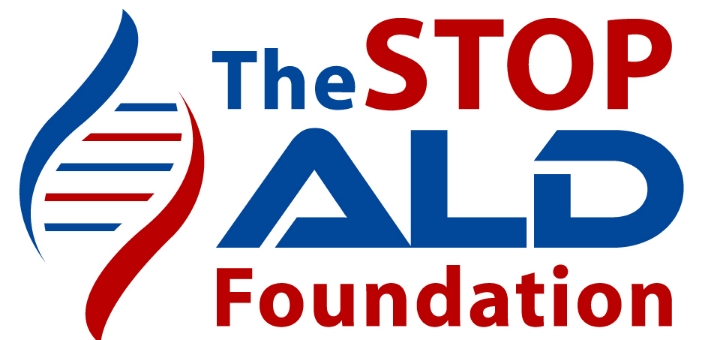The research and clinical trial discussed in the article below was sponsored in part by The Stop ALD Foundation.
Published online 30 October 2007 | Nature | doi:10.1038/news.2007.204
Gene therapy sees early success for neurodegenerative disease
Treatment uses HIV to insert genetic material into ALD patients.
Declan Butler
Two children with a common neurodegenerative disease are seeing early signs of success from a pioneering gene-therapy treatment, researchers report this week.
The results raise hopes for a treatment for adrenoleukodystrophy (ALD), and, the researchers add, mark the first successful use of an attenuated HIV virus to carry a therapeutic gene into a patient's cells.
HIV is a promising vector for transferring corrective genes into a host -- it can penetrate directly into cell nuclei, making it a theoretically efficient way to introduce new genetic material. But until now it hadn't been proven in a clinical setting. This early success potentially opens the door to better treatments for many other diseases involving the bone marrow and blood cells, such as leukaemia, thalassemia and sickle-cell disease, the researchers say.
The results, from two 7-year-old Spanish children with ALD, were announced on Sunday 28 October at the fifteenth Congress of the European Society of Gene and Cell Therapy in Rotterdam, the Netherlands
ALD is caused by a mutation on the X chromosome. This mutation causes degradation of the insulating sheaths that surround neurons and allow them to signal properly. The condition was made famous by Lorenzo's Oil , the Hollywood film outlining one family's fight to help their son. The most severe, cerebral form of ALD affects one in 17,000 people, with two-thirds of sufferers being children. It progresses slowly at first, but if no bone-marrow transplant is available it can quickly progress to cause brain damage and death.
At present, treatment is limited to giving preventative dietary supplements and therapeutic bone-marrow transplants, with the attendant shortages of donor tissue.
Word of caution
Patrick Aubourg and Natalie Cartier, researchers at Inserm (France's national biomedical agency) who were working at the Saint Vincent de Paul Hospital in Paris, attempted to fix the X-chromosome defect using gene therapy. Working in collaboration with the Californian biotech company Cell Genesys, they first cultured the children's bone-marrow progenitor cells which give rise to all blood cell types and transferred the corrective gene to them using the HIV virus.
They then destroyed the children's existing bone marrow using chemotherapy, and reintroduced the modified cells, which took hold within a month to produce new bone marrow and blood cells. Samples taken showed that half of the new cells contained the introduced gene, and that 20-30% expressed the corrective protein. Such expression levels in gene therapy are "exceptional" says Aubourg. The levels have remained stable for more than two months in the children, despite the fact that the cells involved are replenished every 24 hours.
Aubourg is keen to emphasize that although the initial results are encouraging, caution is warranted. The children will need to be closely monitored to check the safety of the procedure, with the main risk being that they might develop leukaemia as a result of the risk of mutagenesis during gene transfer. Many previous gene-therapy trials have failed because of serious problems with side effects.
It will also take another 18 months of follow-up before the team can be reasonably sure that their gene transfer remains stable, and that the level of corrective protein expressed is sufficient to prevent clinical symptoms from developing, he says. Both children are so far doing as well as would be expected following conventional bone-marrow transplants, he adds.
Aubourg announced the findings before publication because of the field's intense interest in using attenuated HIV vectors in gene therapy for other diseases. Given the higher efficiency of such vectors, demonstrating their feasibility would mark a "breakthrough in gene therapy", he says.
Quickly informing the field was a viable idea, says Laurence Tiennot-Herment, president of the French Muscular Dystrophy Association, which has funded Aubourg's work for a decade. "But we must wait and see, as there is no publication yet, and there are safety and other issues to consider," she adds. "I'm very cautious for the present, but it's an important step."
